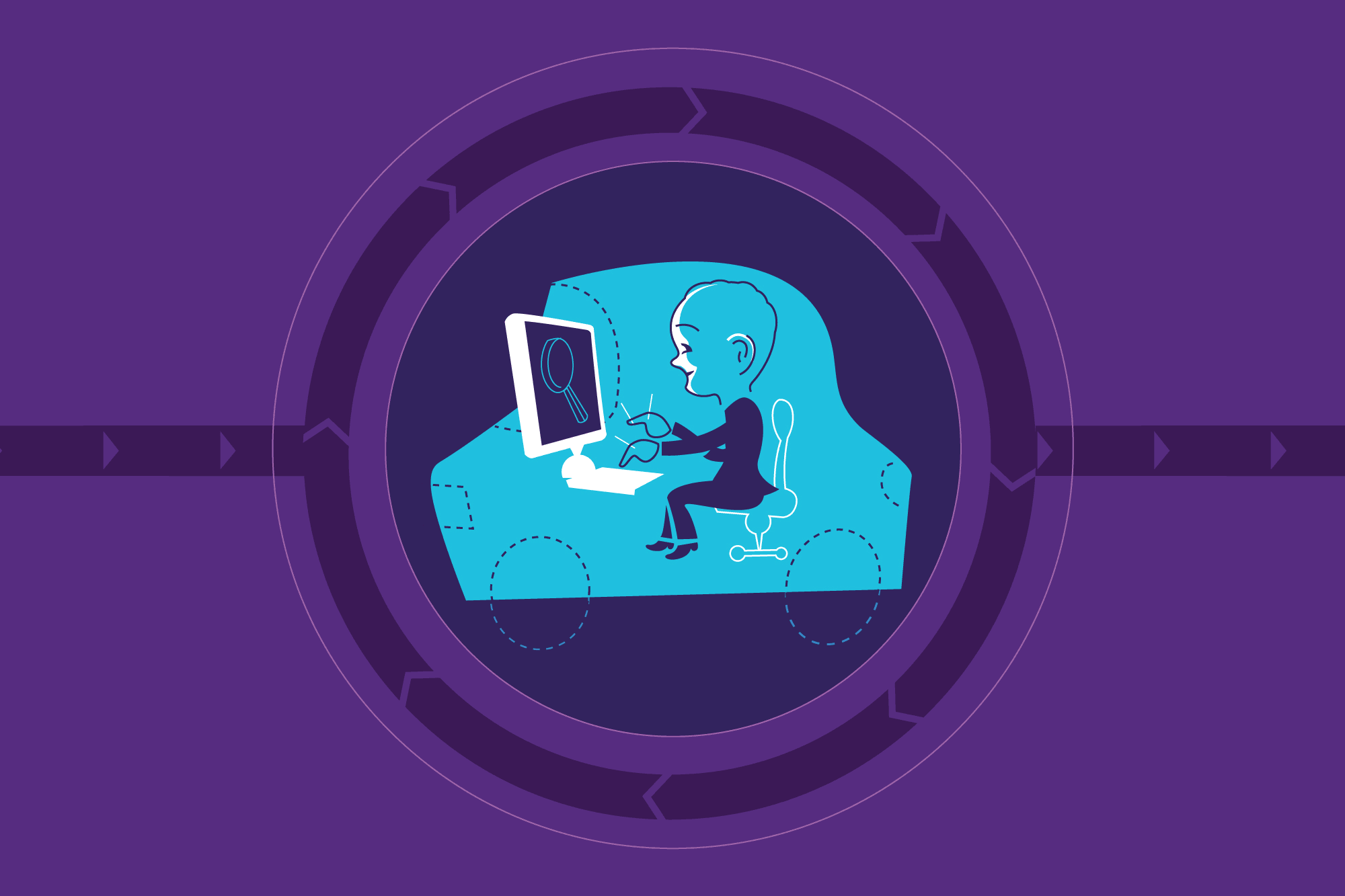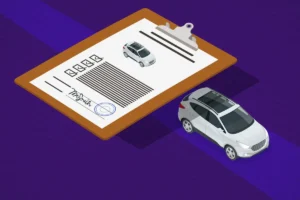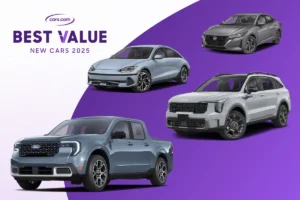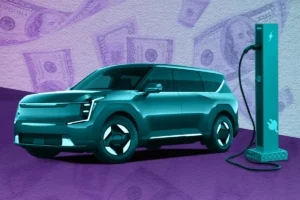Cars.com Buying Guide: How to Buy a Car
Shopping for a car can be a complex, time-consuming process in the best of times, and there are even more things to consider as car shoppers and dealers alike adjust to buying and selling in a new normal. Even so, there are still some tried-and-true steps you should take when buying a car — as well as a few new ones to consider — to ensure you get the right car for you, at the right price and in a safe manner.

Cars.com illustration by Paul Dolan
How to Buy a Car
Step 1: How Much Should I Spend?
Step 4: Whom Should I Buy From?
Step 5: Visiting the Dealership — In Person or Virtually
Step 6: What About My Current Car?
Shopping From Home With Cars.com: Julie and Susan

Cars.com illustration by Paul Dolan and Matt Kowynia
Step 1: How Much Should I Spend?
You may already know what kind of car you want to buy, but even if you do we’re here to encourage you to take a step back, so to speak, and think about how much you can realistically afford; a good rule of thumb is to spend no more than 10 to 15% of your monthly income on a car (assuming a four-year loan). You can plug this number into an affordability calculator to determine the maximum amount your new car should cost, which will help determine whether a new, used or certified pre-owned car is right for you — but again, don’t lose sight of the guidelines above, because anything seems affordable if you break it down into monthly payments. The same 15% maximum of your monthly income for a loan longer than four years means you’re probably paying too much for the vehicle in the long run.
That new-car smell is a big draw for some shoppers, and the thought of a brand-new, unused vehicle may be even more appealing right now with extra attention on cleanliness. The peace of mind that comes with a new-car warranty is another big selling point, but new cars have their financial downsides; besides being more expensive than used or CPO models, a new car will lose more of its value the moment you drive it off the lot.
If you’re uncomfortable dealing with the unknowns that come with shopping for a used car, a CPO model can take some of the uncertainty out of the process; CPO models typically come with a limited warranty and have undergone an inspection process. Just be sure any CPO car you’re considering has been certified by a manufacturer-sponsored program.
Leasing is an increasingly popular way to drive a new car, but a lease is essentially a long-term car rental; leases typically last around three years, and at the end of the lease you return the car. Leasing is a way to keep your monthly payments low and still get a new car every few years, but it can be one of the more expensive ways to operate a vehicle because you never end up owning what you’re driving like you would at the end of a traditional car loan.
If you won’t be paying cash for a car, it’s important to shop for financing — before you step into a dealership. Your local bank or credit union is a good place to start, and having loan terms in hand when you go to a dealer allows you to compare it with the dealership’s financing offer and choose the one that’s best for you.
Finally, vehicle incentives can play a big role in the final price of a car — particularly new cars, which tend to have the biggest discounts. There are many types of incentives including cash discounts, subsidized financing from automakers’ lending arms and discounts for certain groups like military personnel. There are also direct-to-dealer incentives that can decrease what you end up paying for a car — if you know about them.
More Budget and Financing Information From Cars.com:
- What’s the Best Time of Year to Buy a Car?
- Should I Buy a New or Used Car?
- Should You Buy or Lease Your Next New Car?

Cars.com illustration by Paul Dolan and Matt Kowynia
Step 2: What Should I Buy?
Now that you know how much you can comfortably spend, it’s time to think about what type of car is right for you. There are different ways to do this, but one of the most effective methods is to consider how your new vehicle will be used and the needs it’ll have to meet. Do you have a few kids and need room for them and all their stuff? Are you looking for a car that’s reasonably comfortable and efficient for the daily commute? Or do you need a vehicle that can comfortably tow a camper?
Certain needs and uses, like seating for seven and a 7,000-pound towing capacity, will rapidly narrow the number of vehicles you have to consider while others may still leave you with dozens of choices. No matter whether your list is big or small, you can take some steps to narrow it to a handful of cars that might be right for you.
Reading expert car reviews and watching video reviews and virtual test drives is a great way to learn about a car from the comfort of your couch, and Cars.com’s multicar comparison tests will show you how a whole class of vehicles, like compact SUVs, stack up against each other. Consumer reviews can offer additional insights, too. If you’re more interested in features-for-the-money, a specs comparison will show you multiple models’ features, side by side.
We also recommend consulting a crash-test information source, like the Insurance Institute for Highway Safety, to see how the vehicles you’re considering have fared in standardized crash tests. And if you have young children, Cars.com’s Car Seat Checks grade how well child-safety seats fit in different cars. Regardless of how long you plan on keeping your new car, it’s also advisable to study, where available, its reliability history.
Once you have a handful of possible models there’s one more step to take — talking to your insurance company — before starting your car search. This is important so you know how much each car you’re considering would cost to insure, as monthly premiums can vary considerably.
More Research Information From Cars.com:
- What Car Should You Buy?
- Research All-New and Redesigned Vehicles
- First-Time Buyers: What You Need to Know About Car Insurance

Cars.com illustration by Paul Dolan and Matt Kowynia
Step 3: How Do I Find It?
With more than 3 million car listings from dealers across the country, Cars.com’s vast vehicle inventory is a powerful tool in your vehicle search. With the ability to filter by features, dealer ratings, home delivery and virtual appointments, to name a few, and also sort search results by relevance, the inventory search tool helps you quickly find the vehicle you want. And with pricing analysis built into the listings, you can see how a model’s price compares to similar vehicles in the same market thanks to Cars.com’s deal badges. The badges are:
- Great Deal: The vehicle is priced extremely competitively.
- Good Deal: The vehicle is priced competitively.
- Fair Price: The vehicle is priced similarly to comparable vehicles.
The Hot Car badge, meanwhile, tells shoppers when a new or used vehicle has a 90% chance of being sold within a certain timeframe.
More Shopping Information From Cars.com:














Post Comment